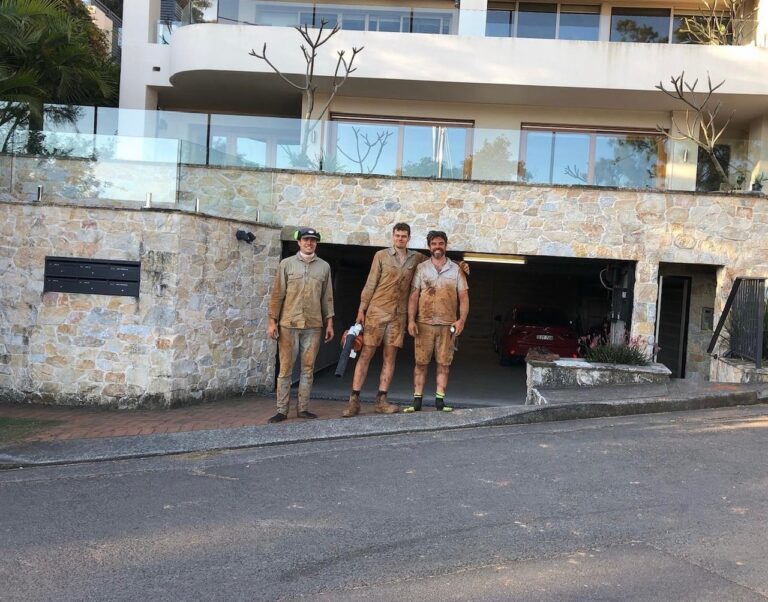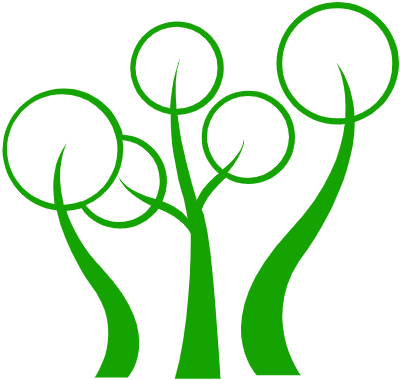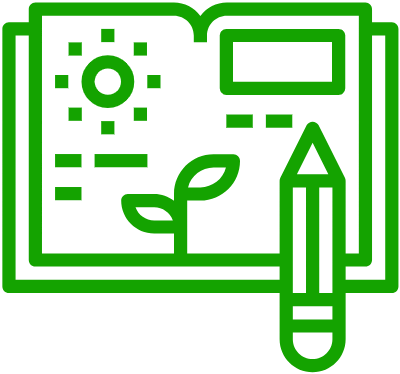Presence of sunlight is very essential for the growth of plants and the amount of sunlight each plant needs is subjective. It varies from plant to plant and area to area. Some of the plants need full sun while others grow well under shade. Knowing how much light your garden needs is very important.
If you ever got a chance to visit a nursery then you would of noticed that plants come with a tag on which all the required information about that plant is written. In most of these tags, the subject of discussion is the amount of light needed for perfect growth. The list below will help you understand different sun abbreviation so that you can follow the instructions properly next time when you read a plant tag.
Full Sun: Direct 6 hours of sunlight is referred to as Full sun. These six hours may vary from place to place depending on the climate of the area. It can be from 8 to 3 or even 12 to 6 in some places.
Partial Sun: Partial sun often known as partial shade represents 3 to 6 hours of sunlight in a day. Partial shade mostly represents the morning and early noon time whereas partial shade is considered as the afternoon sun. The shade can be from a tree or even a building.
Dappled Sun: Dapped sun is the most favourite of all gardeners. It is identical to the partial shade. In dappled sunlight, the plants are getting a diffused sunlight passing through branches of nearby trees.
Full Shade: Full shade, as the name refers, is the presence of sunlight for less than 3 hours and that too in shade. It’s in the morning or late afternoon before sunset. Full shade can be bright light but filtered.
How to know that if the light is too much or too little for your plants? To understand the lighting conditions, you must observe your garden keenly during the day. The way your plants look can tell you a lot about their health.
Following are some of the signs if there is too much of sunlight:
Following are some of the signs if there is not enough sunlight:
You can optimise the sunlight that is present in your garden through the following number of ways:
Taking photos of the shade at different intervals of time is a good way to know about the position and intensity of sunlight in different areas of your garden during the day. Make sure to fix your camera at one place throughout the day and take pictures from the same spot without changing your camera settings.
If you don’t own a camera or if you are not comfortable taking pictures then you can try an old school method of sketching the shade. This is done by drawing the sunlight and manually depicting the sun exposure to understand the dynamics of sunlight.
The method requires some calculations based on the length of the shadow, angle of the sun and the height of whatever is blocking the light. Shadow length (L) is equal to the obstruction height (h) divided by the tangent (tan) of sun’s angle(a)
You can also use several different online tools to model the sunlight in your area. These tools can be found very easily and allow you to see light paths based on location and time.
No matter how healthy or thick your garden looks, its fate always depends on the light provided by the sun. That is why you should always keep a check on the presence of light in your area. It is wise to consult one of the best mediators of horticulture luck, that is the sun.

Operator of Sydney Gardeners

Garden maintenance is a top quality services provided throughout Sydney.

NDIS gardening service is a specialized offering tailored for individuals with disabilities.

Sydney lawn mowing is a top of the range high quality service

We love everything trees, safety and efficiencey is priority.

Nothing better than a good contract. Stay organised with us.